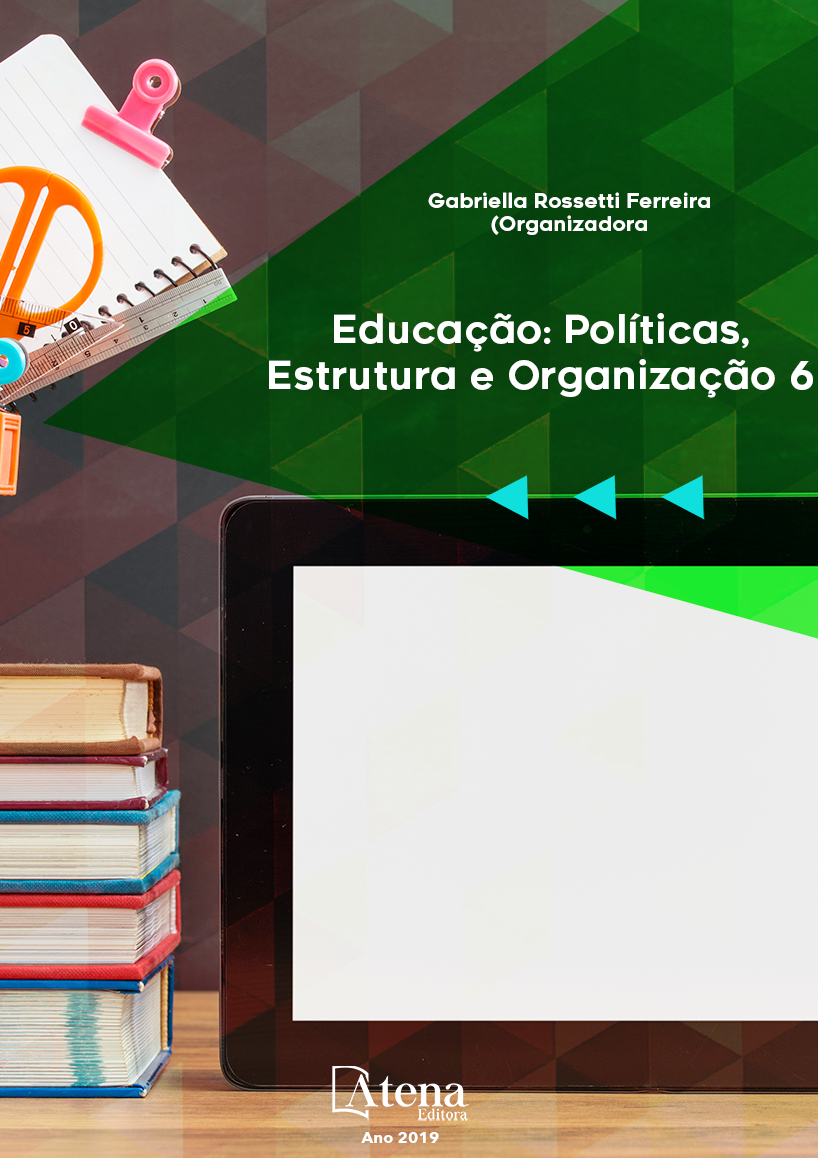
ENSINO DE HISTÓRIA E A SEGUNDA GRANDE GUERRA A PARTIR DE POESIAS, FOTOGRAFIAS E SUAS REPRESENTAÇÕES
O trabalho Ensino de História e a
Segunda Grande Guerra a partir de poesias,
fotografias e suas representações, foi realizado
com os alunos das turmas de nono ano do
ensino fundamental II, da Escola Estadual
Floriana Lopes, Dourados-MS, e desenvolvido
pelos bolsistas do Programa Institucional de
Bolsas de Iniciação à Docência (PIBID), do
curso de História, da Universidade Federal da
Grande Dourados (UFGD). Através de aulasoficina, trabalhamos com análise de vídeos,
fotografias e poesias, permitindo a construção
de uma nova visão sobre a Segunda Guerra
Mundial, o trabalho foi realizado de forma
interdisciplinar com as disciplinas de Arte e
Língua Portuguesa, este desenvolvido em duas
etapas. O objetivo era demonstrar para os alunos
que existem maneiras distintas de representar
e compreender a História, possibilitando uma
mudança na percepção dos alunos em conectar
diferentes fontes no estudo da História.
ENSINO DE HISTÓRIA E A SEGUNDA GRANDE GUERRA A PARTIR DE POESIAS, FOTOGRAFIAS E SUAS REPRESENTAÇÕES
-
DOI: 10.22533/at.ed.07119030430
-
Palavras-chave: Ensino de história, Aulas-oficina, Poesias, Fotografias, Interdisciplinaridade.
-
Keywords: History Teaching, School-Workshop, Poetry, Photos, Interdisciplinarity.
-
Abstract:
The work Teaching of History and
the Second World War from poetry, photographs
and their representations, was realized with
the students of the ninth grade classes of
fundamental school II, from Floriana Lopes
State School, Dourados-MS, and developed
by the Institutional Scholarship Program for
Initiation to Teaching (PIBID), of the History
course, Federal University of Grande Dourados
(UFGD). Through school-workshop classes, we
worked with video analysis, photographs and
poetry, allowing the construction of a new vision
about World War II, the work was realizad out in
an interdisciplinary way with the disciplines of Art
and Portuguese Language, this one developed
in two stages. The goal was to demonstrate to students that exists distinct ways of
representing and understanding history, enabling a change in students’ perceptions to
connect different sources in the study of history.
-
Número de páginas: 15
- Daniele Alves Craveiro
- Fernanda Dalmazo Garcia
- Fernando Santos Maciel
- Leticia Vicentina Nunes Zandoná
- Luciana Berbel Rodrigues


